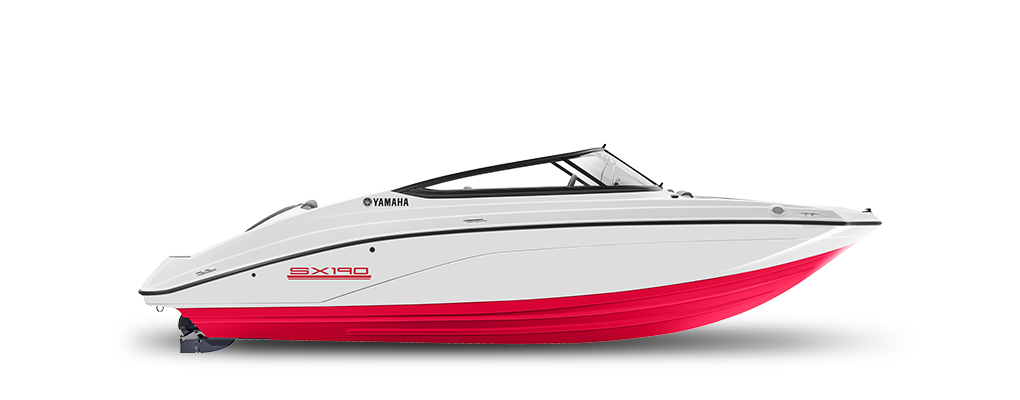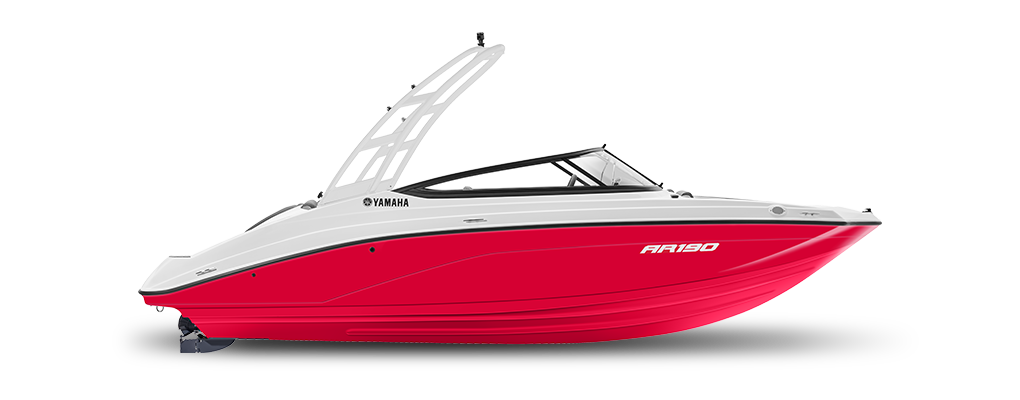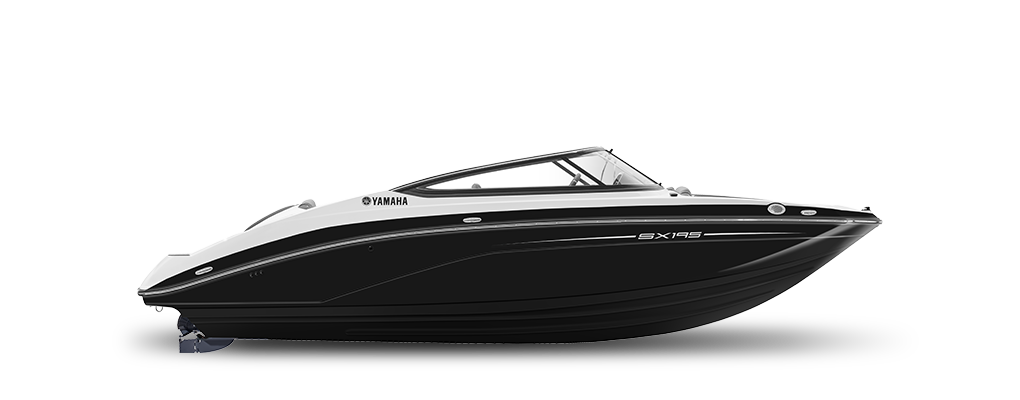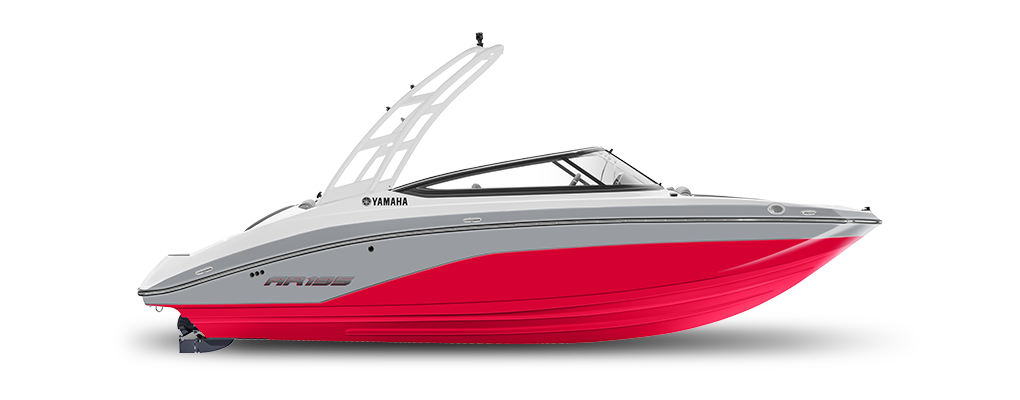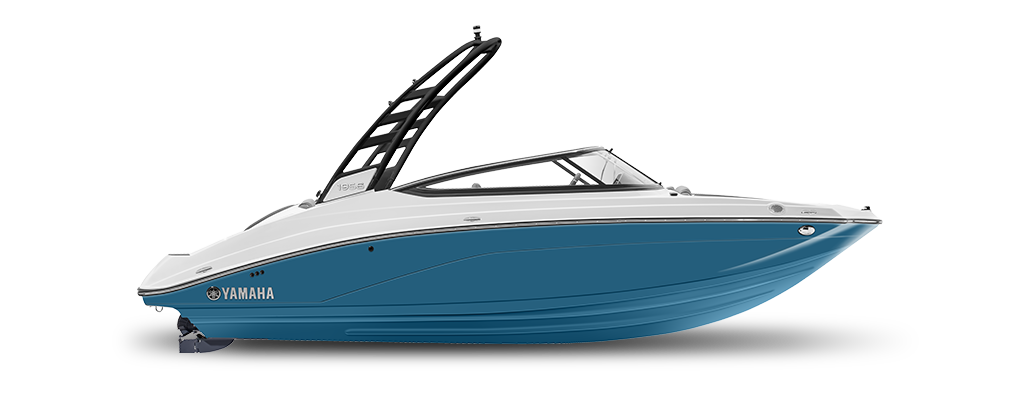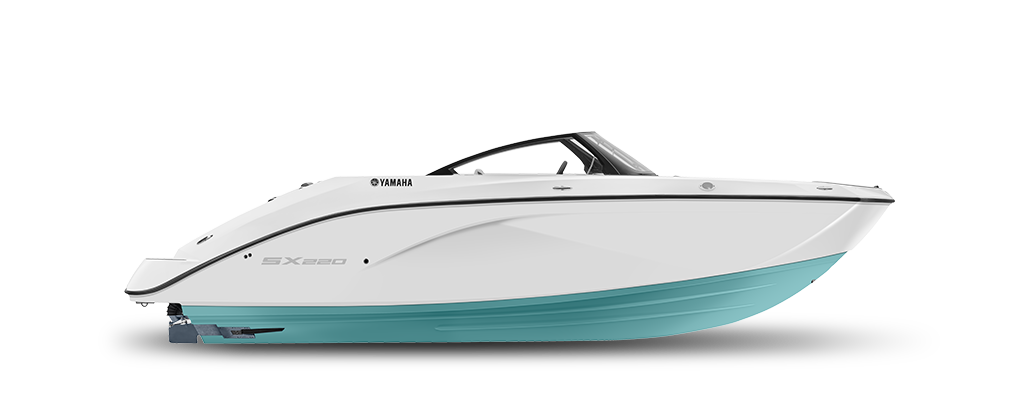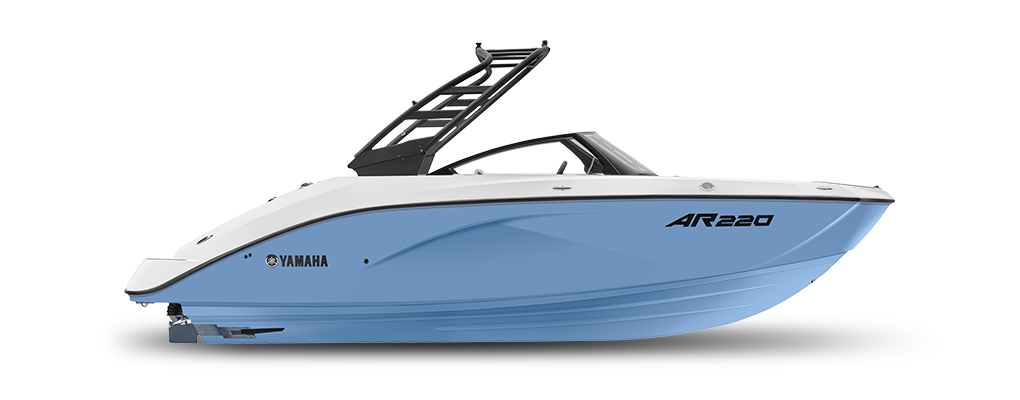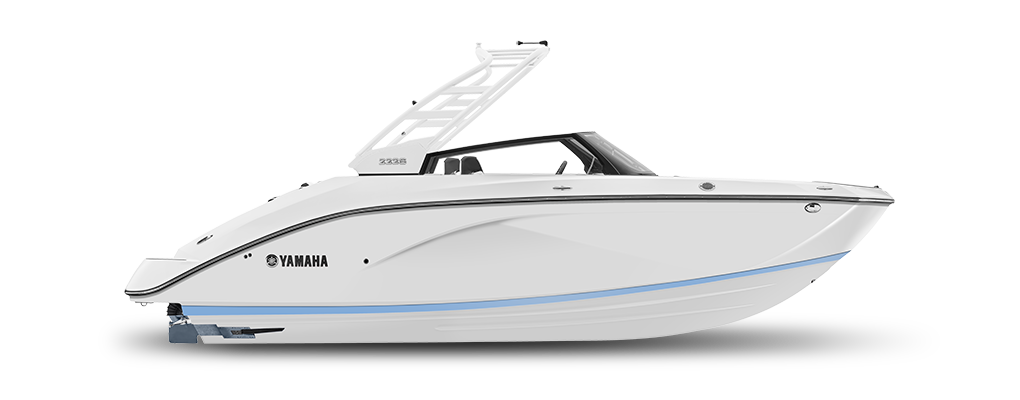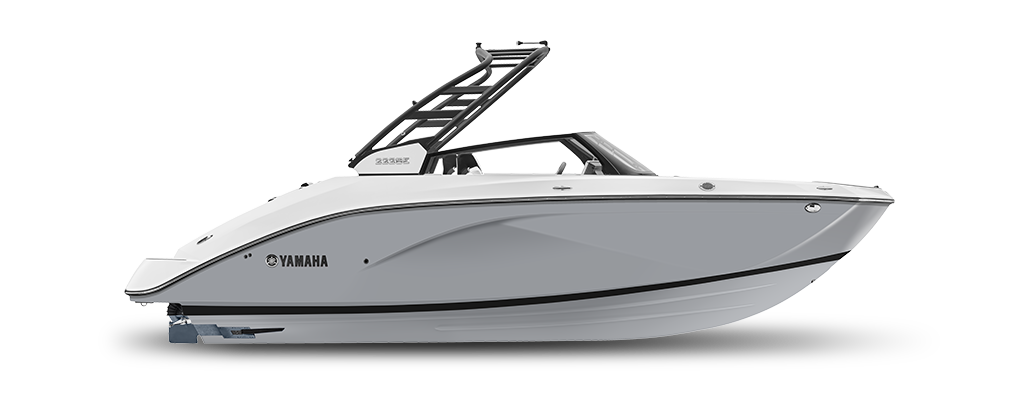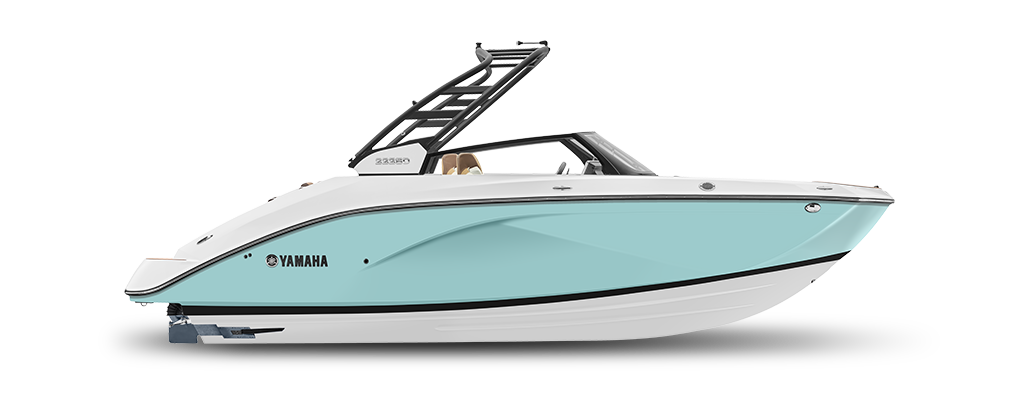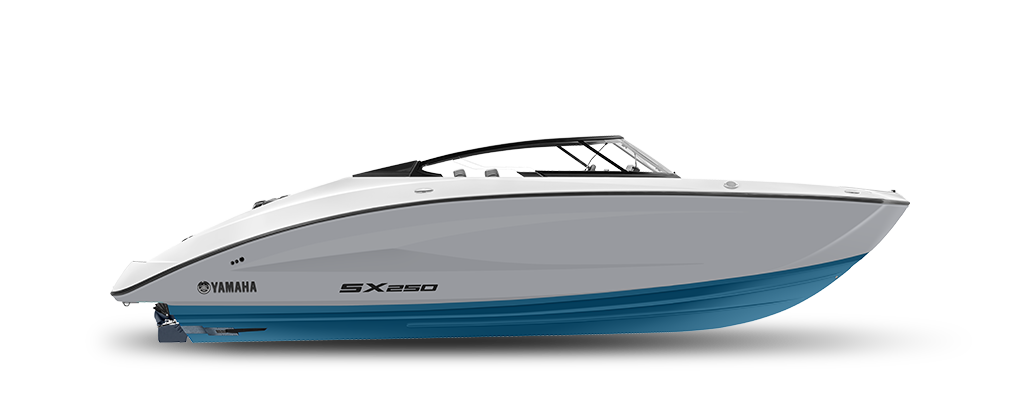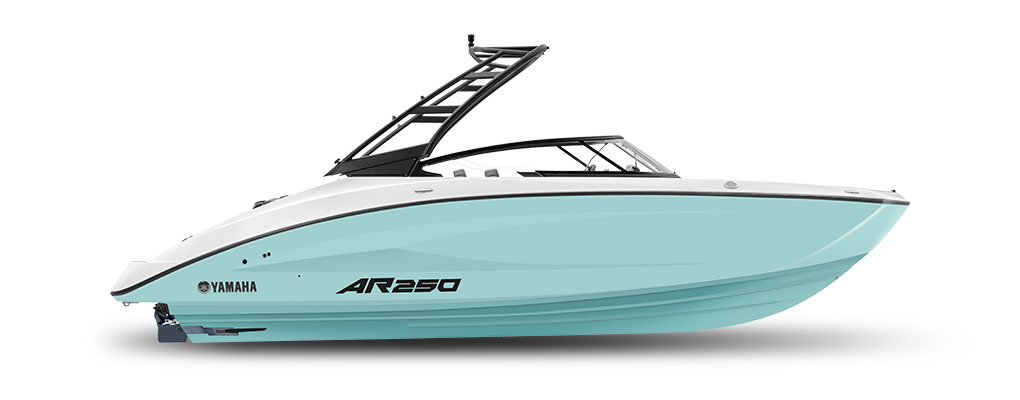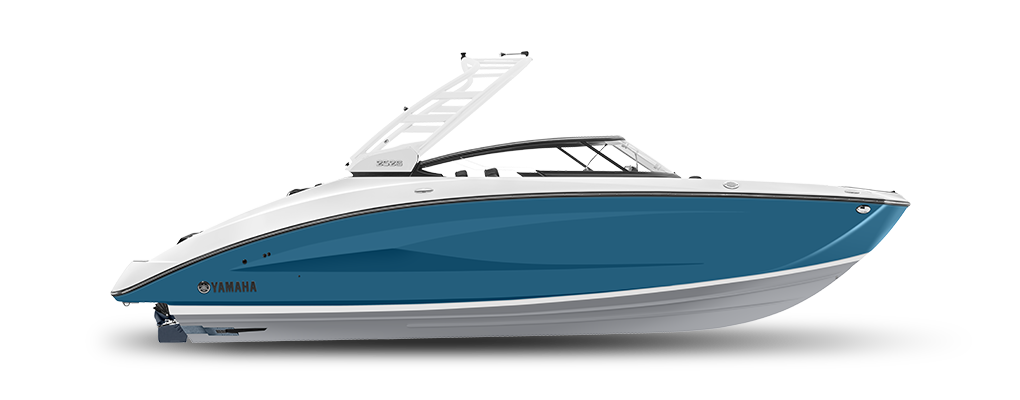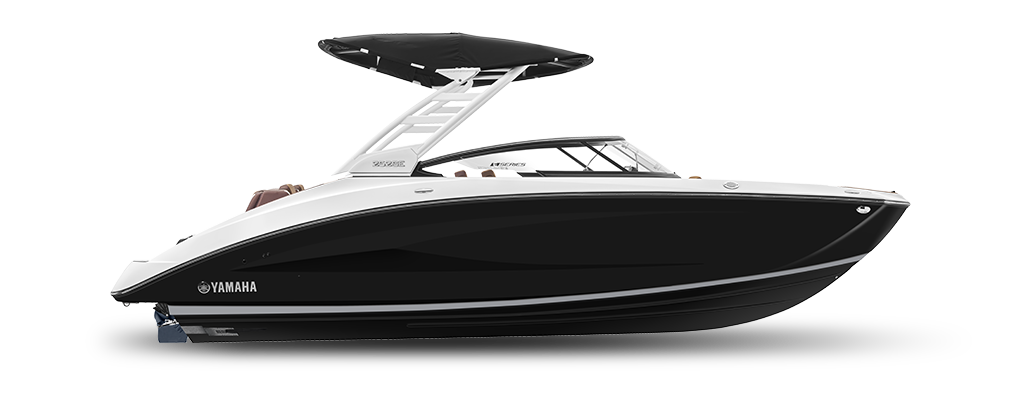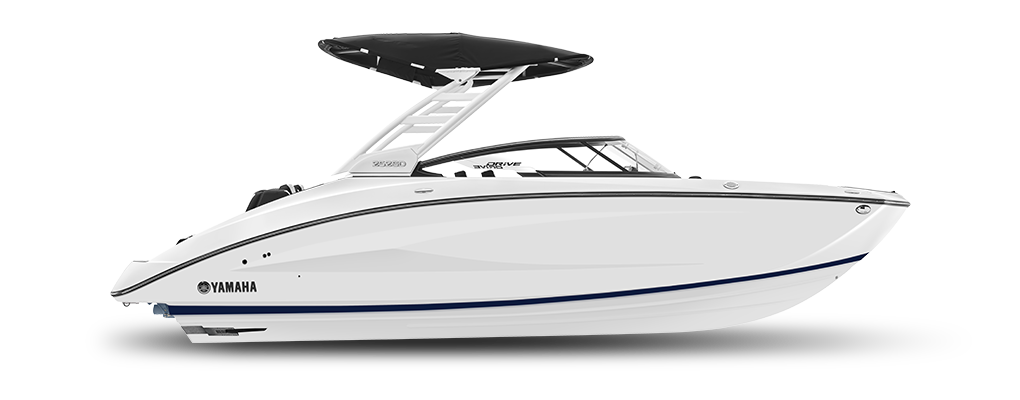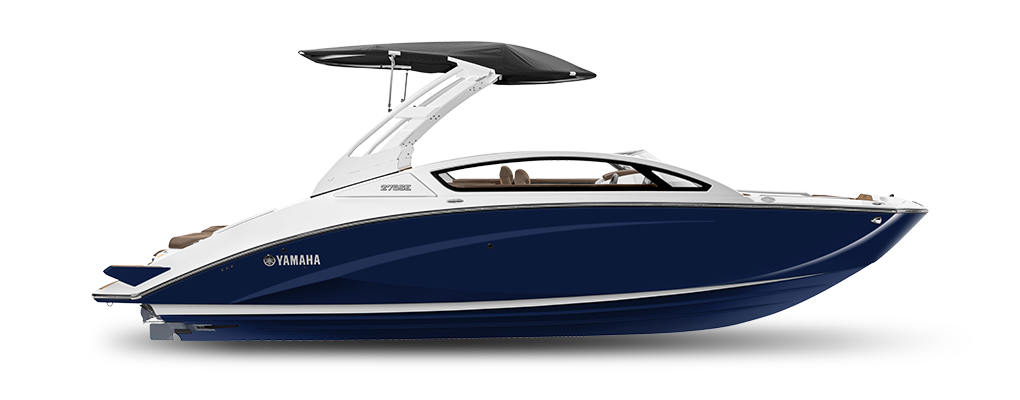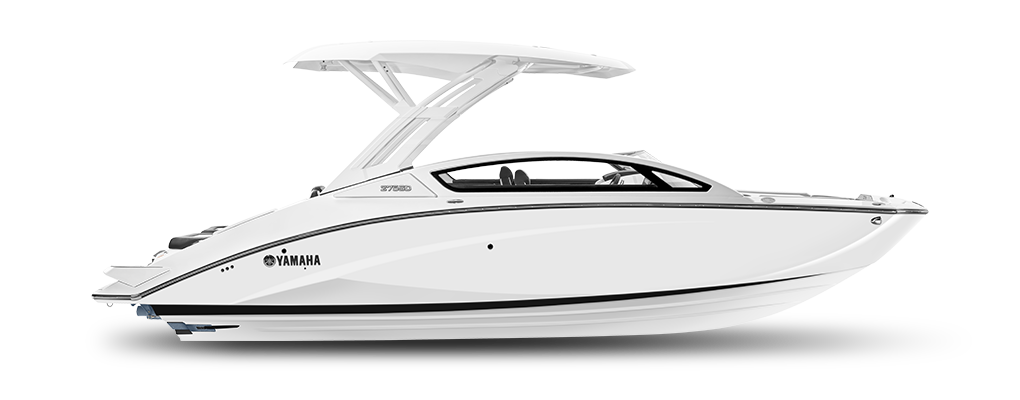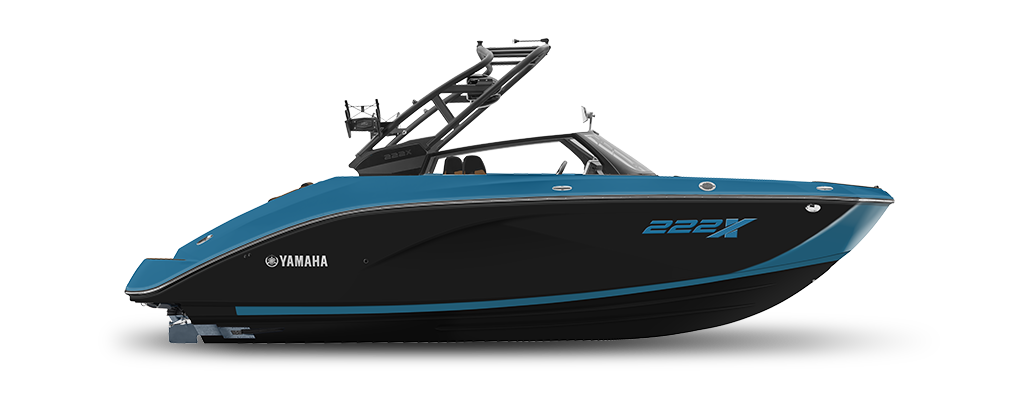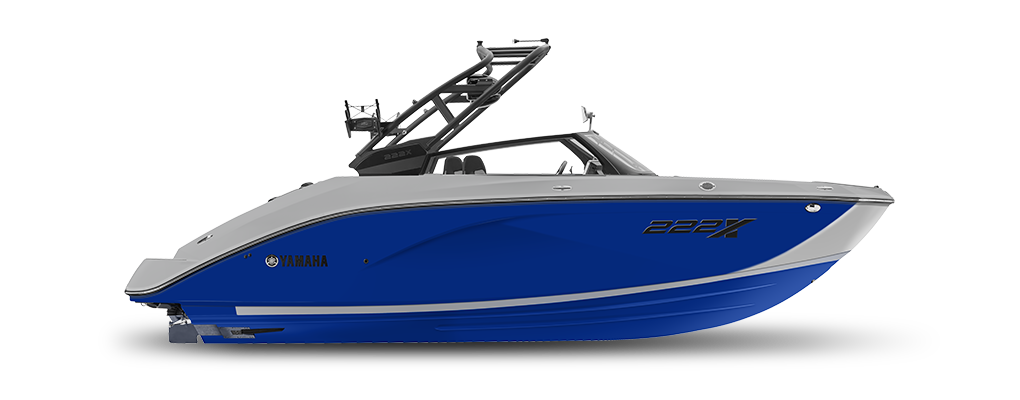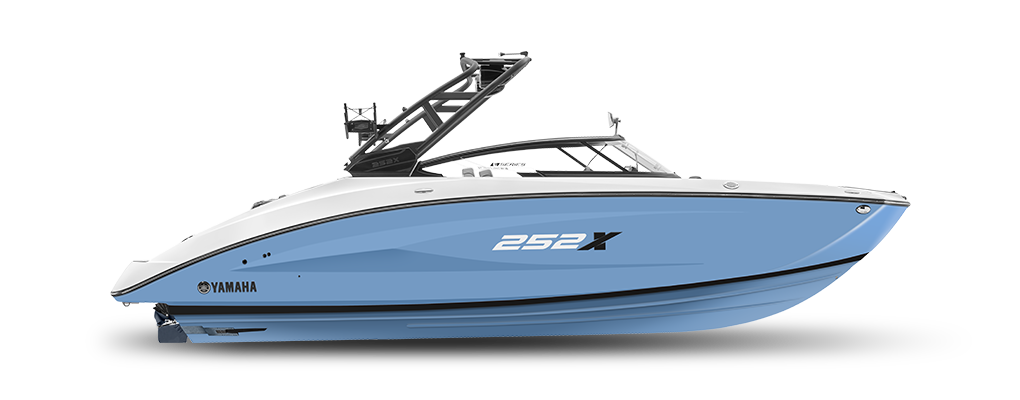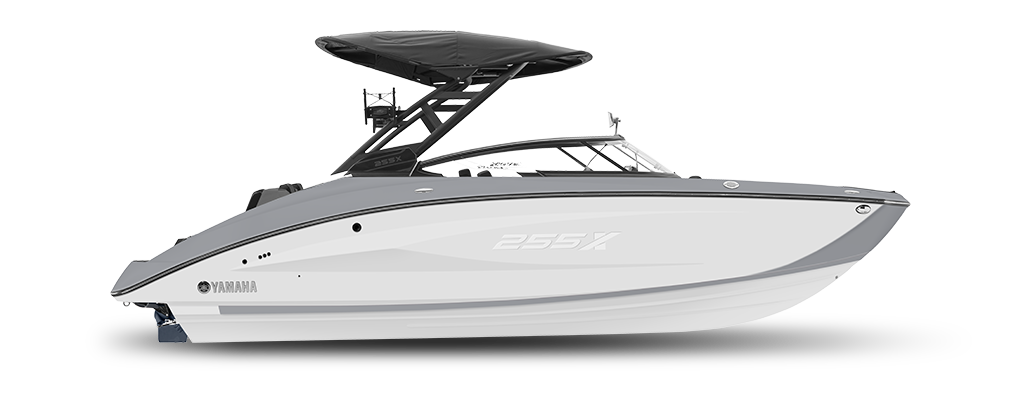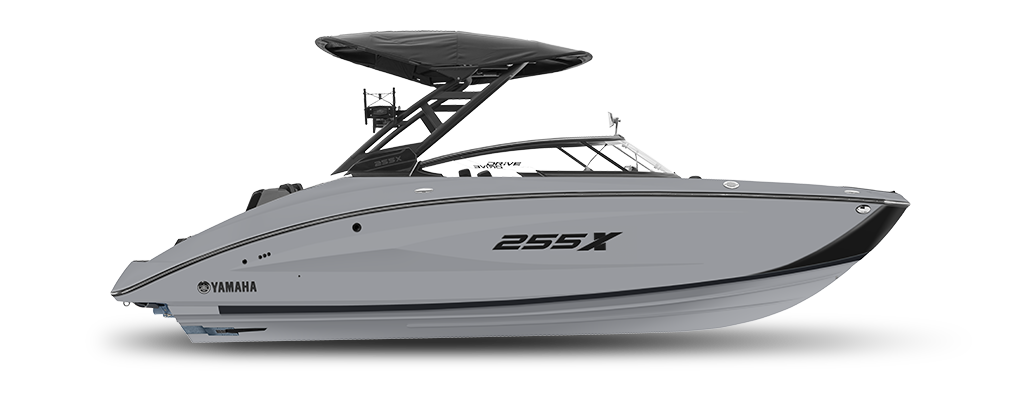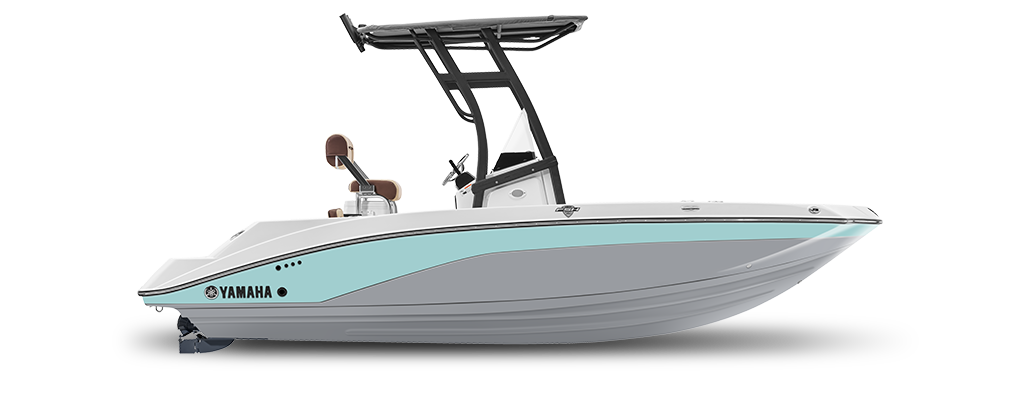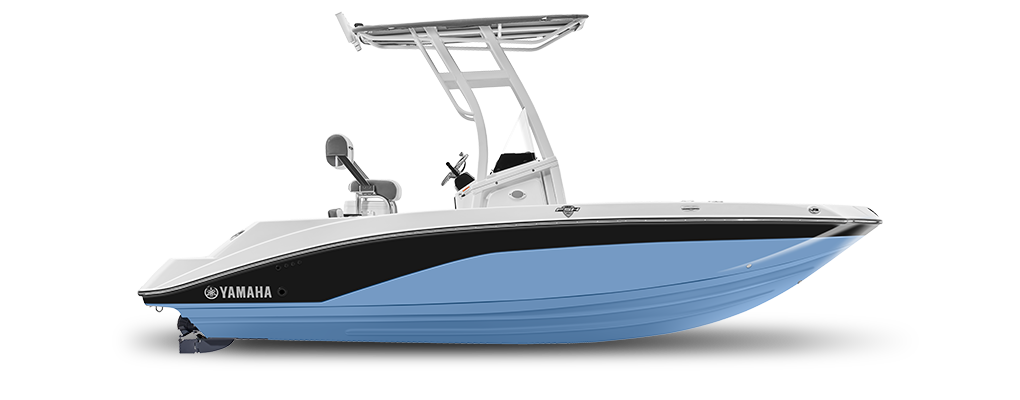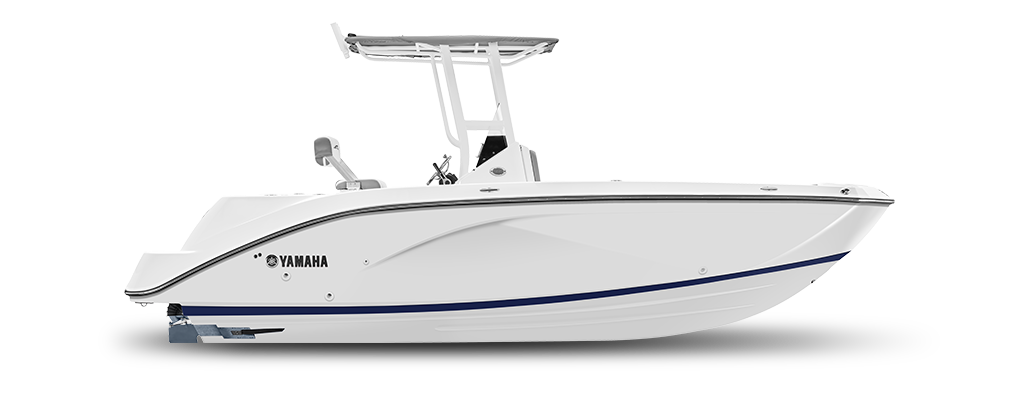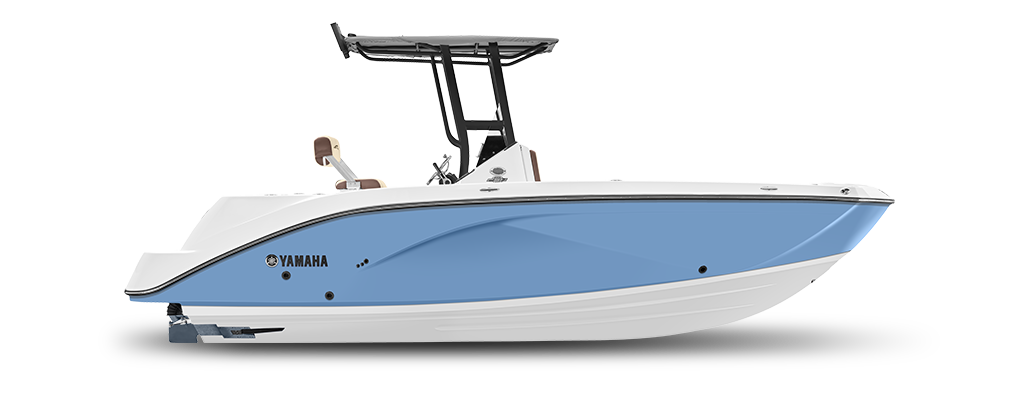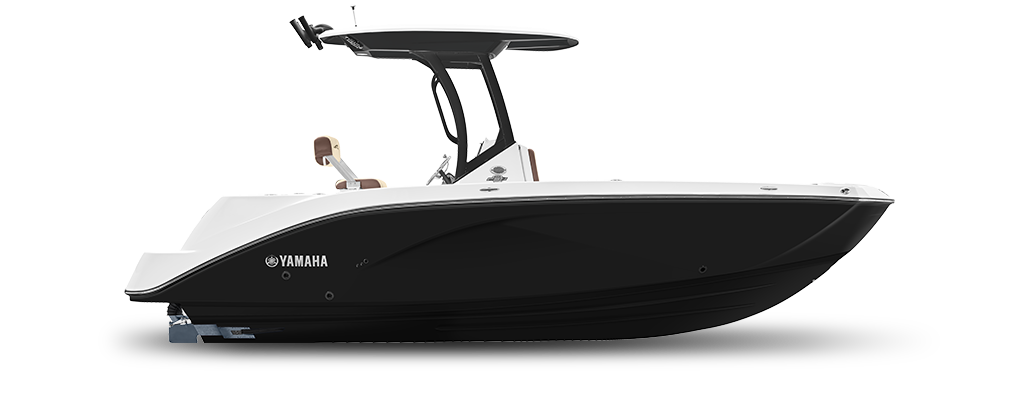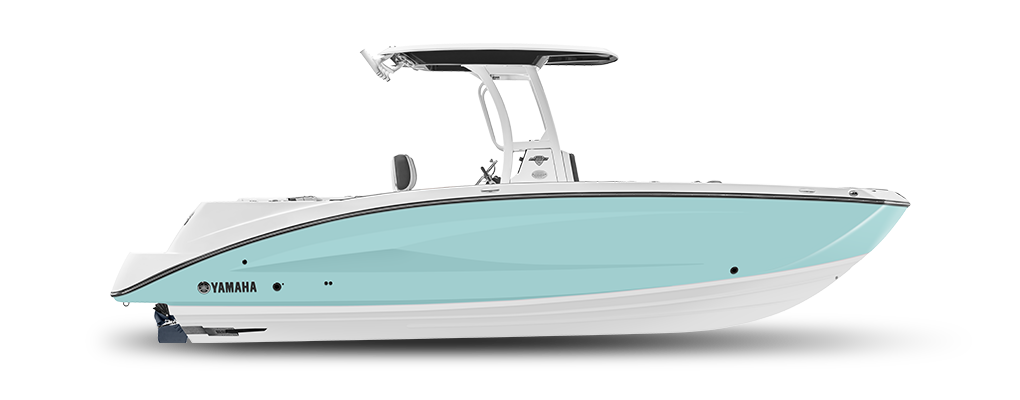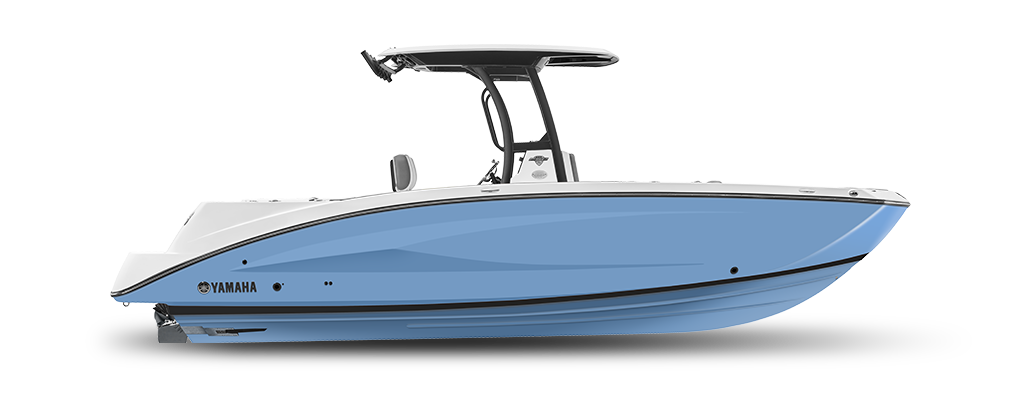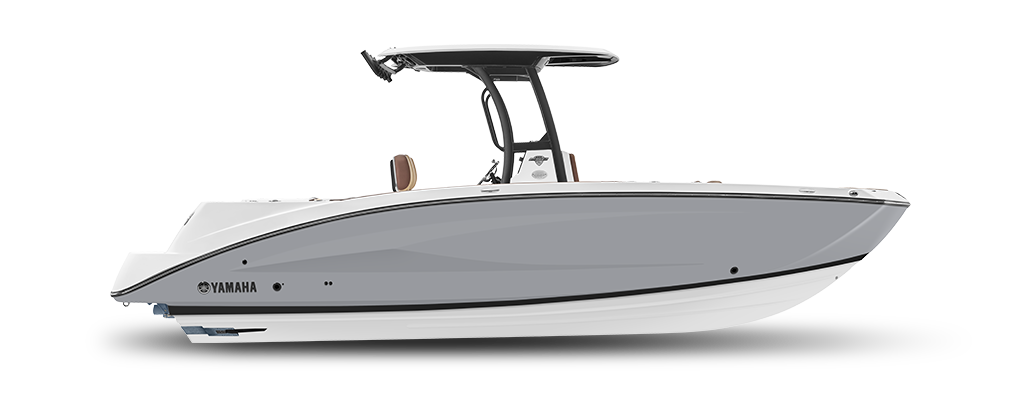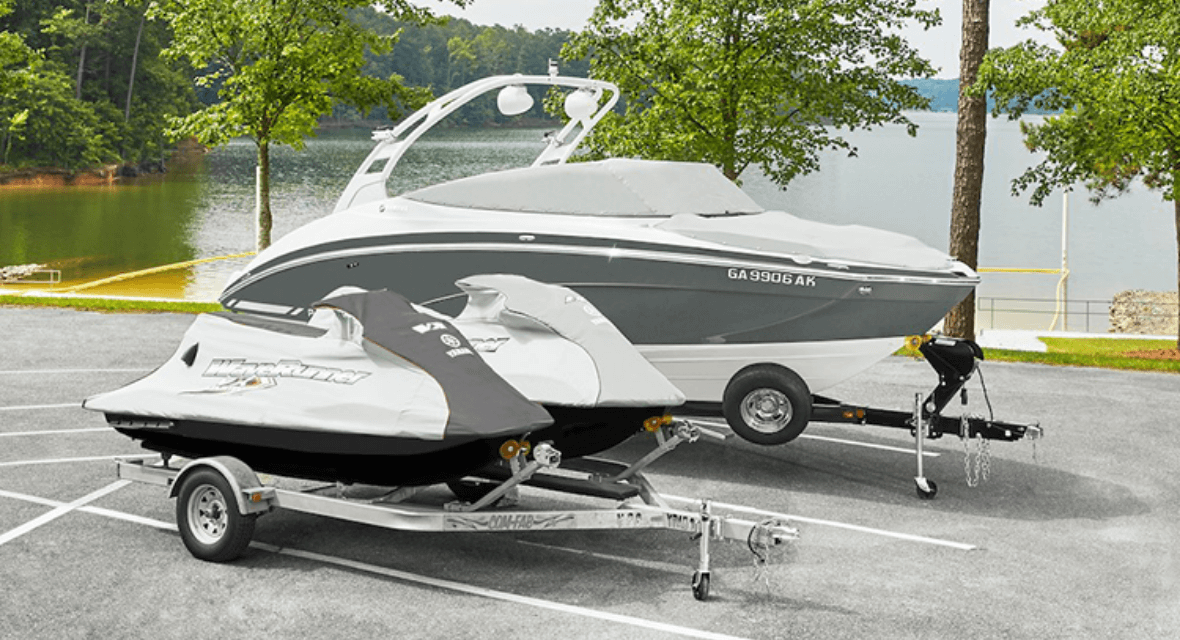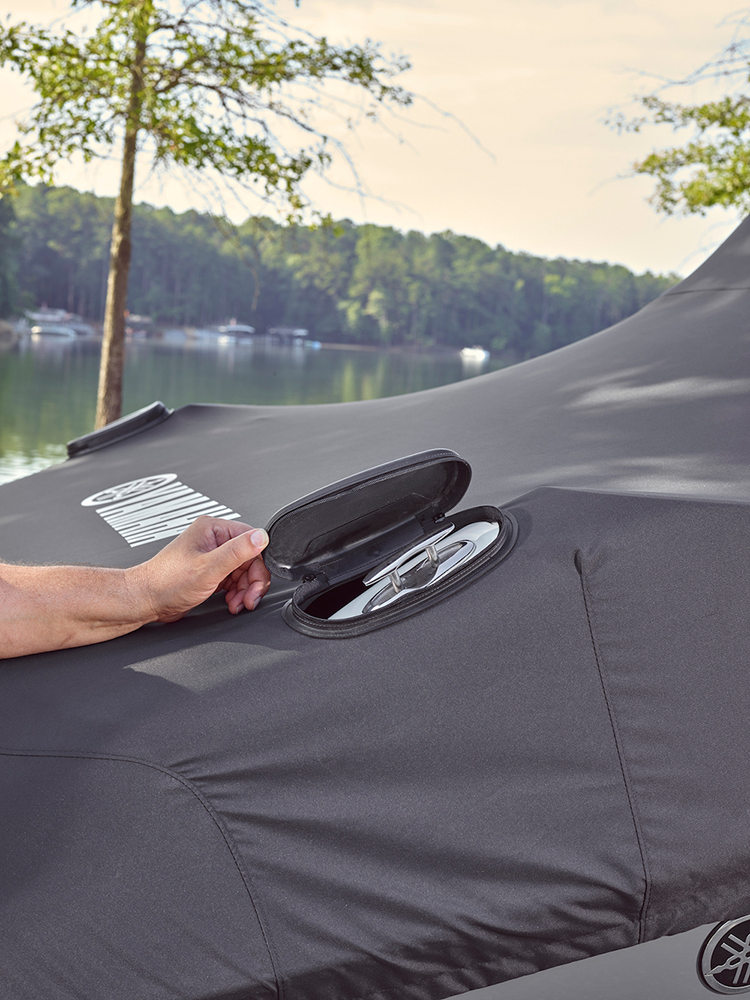Not all covers are created equal. Here’s what to look for to make sure your new cover fits properly, holds up over time, and perhaps most importantly, keeps your prized possession looking like new.
Boats left to the elements aren’t pretty. Their colors fade, that fresh-from-the-showroom shine turns dull and chalky, and their interior vinyl and fabrics rapidly age and deteriorate. For all the fun our craft offer in the sun, that blazing ball in the sky is brutal in return. That’s why, like your skin, sun protection is essential. And when it comes to boats, that protection comes in the form of a cover.
PROPER FIT
While there are generic (and less expensive) “universal” covers on the market, boats are not universal. Individual models sport unique lines and curves, making it hard to fit a universal cover properly and avoid excess fabric that will pucker, or create a pocket that holds rainwater. And if they don’t closely follow the contours of your boat, they also can be a hassle—or even dangerous—when towing. Wind may work its way under the cover and cause flapping, which can damage your craft’s paint, graphics, or gelcoat, or even tear the cover free unexpectedly.
While more expensive in the short run, a cover tailor-made for your model—whether it’s from the vehicle’s manufacturer, an aftermarket supplier, or a custom fabricator—will fit your craft like a glove and give it the protection it needs whether its floating at the dock, sitting in the driveway, or flying down the highway at 65 MPH.
MATERIALS
Along with fit, look for quality materials. Forget the canvas cotton duck that may have covered your grandfather’s ride. Modern polyesters are the current choice, maintaining breathability but adding greater tear resistance, water repellence, and color retention. While you can still find poly/cotton blends, most quality covers are made from solution-dyed polyester or, on the higher end, acrylic-covered polyester fibers. These materials offer excellent tear strength, are highly resistant to fading, and feature naturally water-repellant weaves. They also breathe and allow interior moisture to escape, key to preventing condensation under the cover and avoiding mold, mildew, and corrosion.
In addition to their natural water repellence, most materials will be treated with a durable water-repellent (DWR) finish to shed rain and dew. Ultraviolet inhibitors will also prevent the material from weakening and the colors from fading over time. While better materials are naturally less abrasive to gel coat or paint, some may include an interior urethane coating to be even more gentle against your craft’s finish.
Zippered cutouts for easy access to features like the gas fill cap or cleats are just one of many additional features to look out for in a high quality boat cover.
CONSTRUCTION
Even the best materials will fail if poorly constructed. Check out the seams. Ideally, they should be four-ply folded and double-stitched with wicking-resistant thread for both durability and strength. No fabric edge should be left raw. Additional sewn-in reinforcement panels are vital in any areas that contact a protrusion on your craft. The perimeter hem should feature a sewn-in elastic shock cord, draw cord, or even a ratcheting strap to secure the cover to your craft.
Tie-down loops should be evenly placed around the perimeter, and should be double-stitched to the cover, to accommodate the trailer tie-down straps that are necessary to keep the cover secure on the road as well as taut when idle. Alternatively, some models may feature vacuum technology, which eliminates the need for tie-downs when trailering by creating a vacuum inside the cover and “sucking” the cover tight against the craft’s surface.
Additional extras? Consider sewn-in, plastic vents further promote air circulation, support poles to hold the cover up over large areas (like the cockpit) where a cover is prone to sagging, and zippered cutouts for easy access to features like the gas fill cap or cleats.
CARE AND MAINTENANCE
Covers get a fraction of the attention of the craft under them, but regular care and maintenance will greatly prolong their life, as well as keep them looking—and working—their best. Typical abuse comes in the form of bird droppings, leaves, and dirt. Carefully spray or blow them off with a hose or low-strength leaf blower. Avoid pressure washers; their strong blast will damage the fabric. For tougher dirt, follow the manufacturer’s recommendations. Try a mild soap and soft-bristle brush. Mildew stains can be cleaned with a commercial, cover-specific product, or a mix of bleach, soap and water. Go no stronger than one-half cup bleach and one-quarter cup mild soap per gallon of water.
Never put the cover away wet. When removing the dry cover from your boat or watercraft, divide it into thirds or fourths lengthwise, folding in the outer edges toward the middle, and then rolling the cover from stern to bow.
Once water no longer beads on the surface, refresh the water-repelling properties with a spray-on product like 303 Fabric Guard or Star Brite Waterproofing with PTEF.
Check out Boat Covers here.

